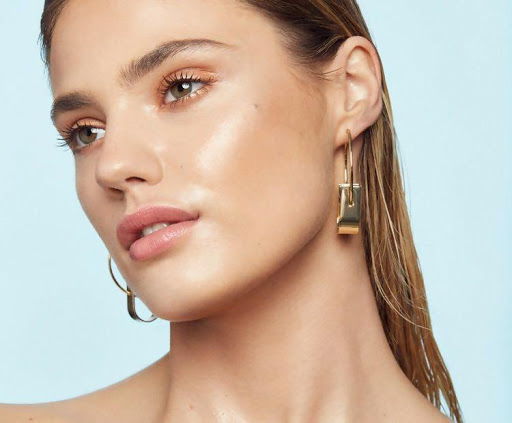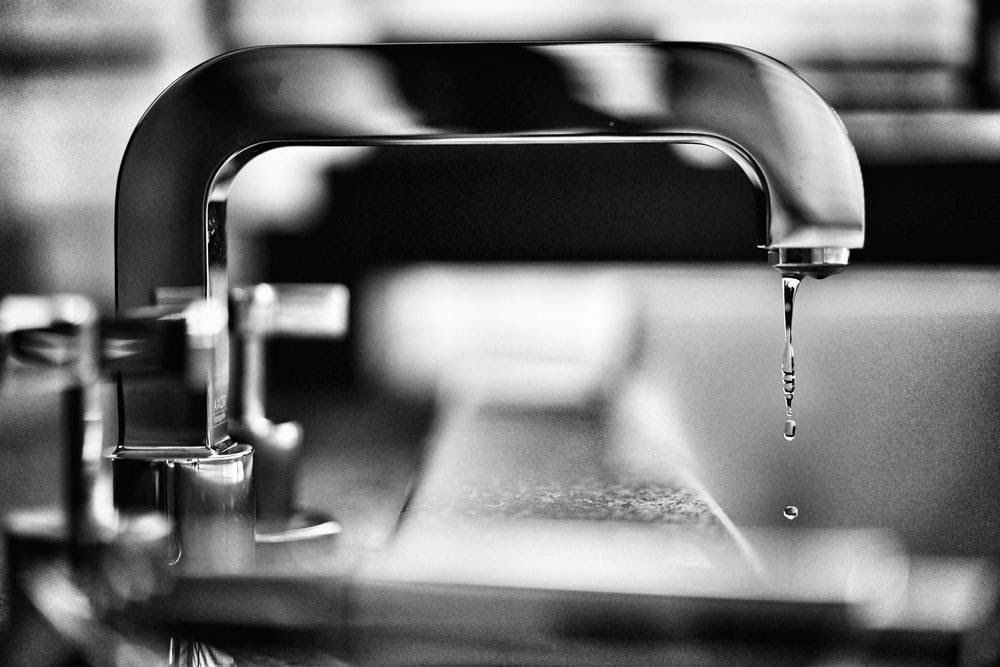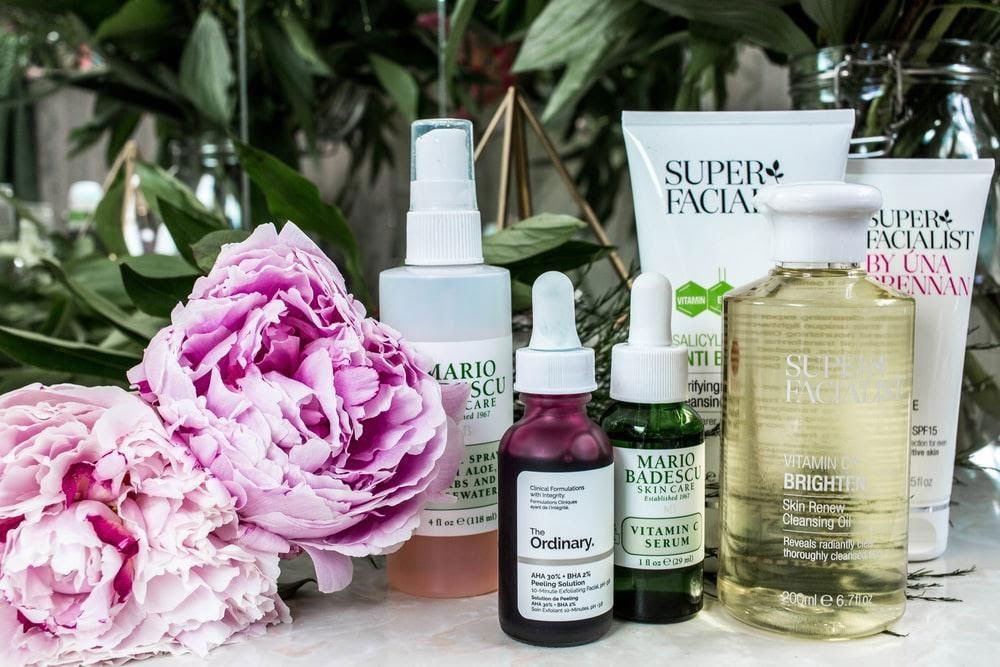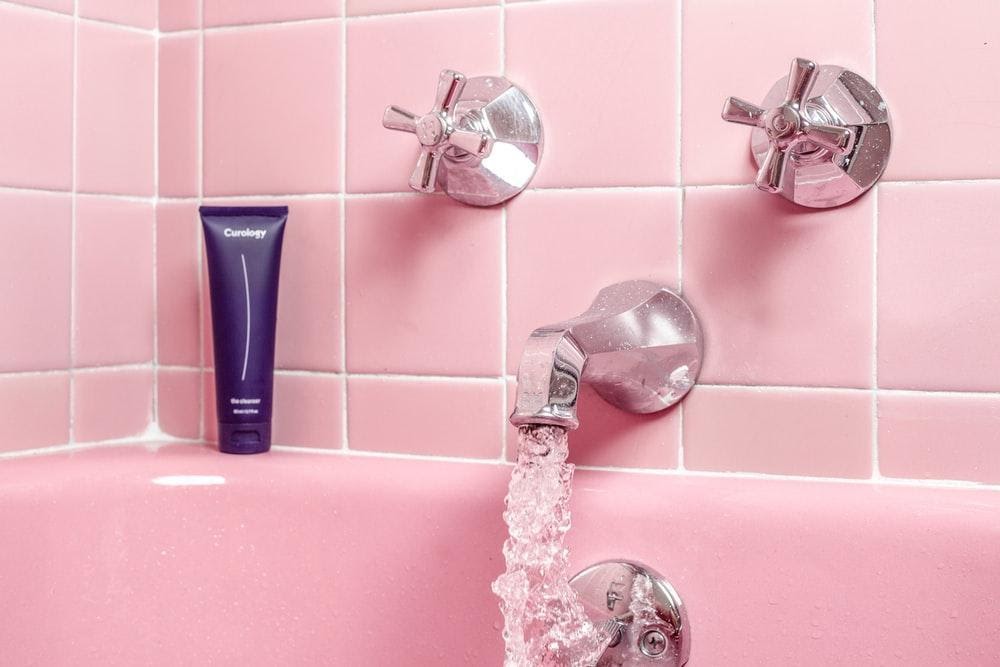 11 Habits To Make Your Skin… Simply Ideal
11 Habits To Make Your Skin… Simply Ideal

Advertisement
For as long as we’ve cared about appearance, we’ve also cared about skin. From the skin complexion to the texture, we’ve all been aiming to have wonderful looking skin regardless of our age. And while many people think exceptional skin comes from the various products that are being promoted, experts have gone on record to say that’s not always the case.
The reason we say this is because there are many experts out there who acknowledge that exceptional skin comes down to more of your daily habits and being aware of your lifestyle factors that impact your skin. As a result, we’ve put together 11 simple habits for you to take up that experts claim will lead you to have nearly ideal skin.
Consider The Water Used

As weird as it sounds, there are varying grades of water that most people aren’t even aware of. To explain it briefly, water has two grades: soft and hard. The biggest differences between these comes down to what the water contains. Hard water has an amount of dissolved minerals like calcium and magnesium. Soft water is a treated water that only has sodium in it.
Why you want to know about this is because based on the type of water that you use, your skin can have completely different conditions. According to Susan H. Weinkle, an assistant clinical professor of dermatology at University of South Florida:
- Soft water doesn’t remove soap all that well. Thus, it’ll leave behind residue on your skin.
- Hard water, on the other hand, won’t allow washes to lather easily. This normally ends with people using more cleanser and causing dryness.
Once you know what sort of water you have, you can make some adjustments. You can check that through the Environmental Protection Agency’s website.
If your water is soft, you want to use face and body cleansers sparingly. A good amount is about a nickel size of face cleanser or quarter-amount of body cleanser.
For hard water, you want your products to be gentle, non-soap formulas. These aren’t meant to lather and, thus, will minimize the effects of using hard water.
Check Your Cleanser

We’ve already mentioned before that you need to make adjustments of how much cleanser you are using based on the water you have. That’s helpful, but you also want to consider the cleanser itself. While we like to think of as cleansers being all good, they react differently based on your skin. Some people have drier skin, while others’ skin produces more oil. You want to find products that are able to balance those things.
In the case of a cleanser, depending on whether you have dry skin, the decision of what cleanser to pick could be more important than the moisturizer.
For example, a non-soap cleanser is ideal, as it replaces the moisture barrier in the skin. Think of it as a preventive measure as the cleanser could protect you from dryness, eczema, and psoriasis. This is smarter than having products that treat the issues as they flare up.
All that said, you may still want to apply a moisturizer of some sort after you cleanse and we don’t blame you! The only thing is if you’re taking acne medication, be sure to wait 10 minutes after you wash to minimize irritation.
Use Water-Based Hair Products

On the note of products, another thing to look at are water-based hair products. Conditioners like pomades, volumizers and styling creams are great for hair, but not ideal for skin. They contain oils or waxes and those can seep into the skin and clog up pores. Thus, begins the process of creating acne.
Even though those hair products are for your hair, you can easily develop acne on your forehead, back, and hairline by using these products. On top of that, those chemicals can spill down over your body if you take a shower or are sweating. Worse, the chemicals can be transferred to your pillowcase during sleep.
That’s not to say you should avoid hair products from now on. You just want to avoid specific ones. Instead, go for brands that have a water-based formula. The ones you want to avoid are the ones that have ingredients like mineral oil, beeswax, and microcrystalline wax.